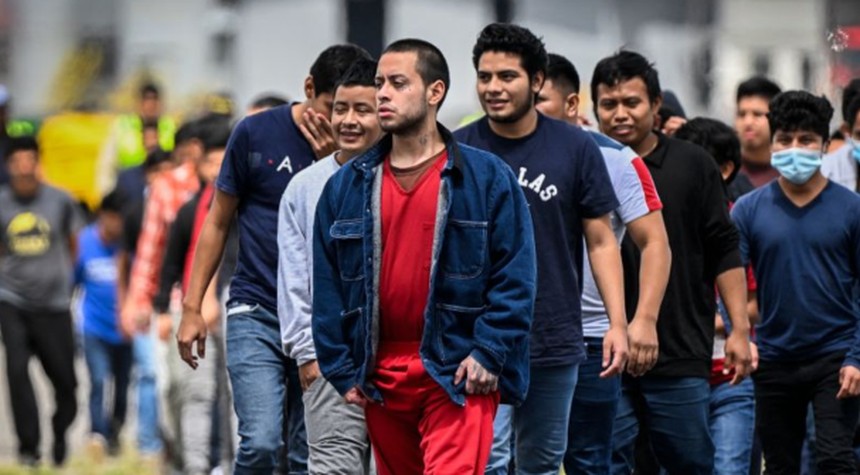The numbers tell a story that Washington insiders would rather you not hear, but the facts have a way of speaking for themselves.
The Trump administration has dramatically restructured America’s refugee resettlement program, reducing admissions to 7,500 for fiscal year 2026. That represents a 94 percent reduction from the Biden administration’s final-year target of 125,000 refugees, according to senior State Department officials.
This is not merely a policy adjustment. This is a fundamental reorientation of a program that, according to those now running it, had been stretched far beyond its original purpose.
“The Biden administration waged a campaign to import millions of migrants into the United States by any means available, including by abusing the refugee admissions system against the wishes of the American people,” State Department Deputy Principal Spokesperson Tommy Piggott stated. “The results were disastrous, straining the resources of local communities and costing taxpayers tens of billions of dollars.”
The financial toll alone merits serious examination. The previous administration’s State Department spent more than $3.1 billion on refugee resettlement, averaging nearly $14,000 per refugee for processing, admissions, and the first three months of resettlement expenses. But that figure only scratches the surface.
Internal reports indicate the Office of Refugee Resettlement, operating under the Department of Health and Human Services, spent an astonishing $20 billion in just two years. This funding covered medical services, support programs, and substantial grants to international organizations involved in facilitating migration. Some of these funds reportedly provided cash assistance for migrants to purchase vehicles, homes, or start businesses.
During the Biden years, the refugee program admitted 222,829 individuals total, with more than 100,000 arriving in fiscal year 2024 alone. That marked the highest single-year admission since 1994, a statistic that raises questions about whether the program had morphed into something its architects never intended.
The Trump administration’s approach represents a sharp departure. Officials indicate that most of the 7,500 available refugee slots will be reserved for Afrikaners from South Africa, where government policies have authorized race-based land expropriation and some politicians have made inflammatory statements calling for violence against white citizens.
This prioritization reflects what administration officials describe as a return to the program’s core mission: providing refuge to those facing genuine persecution, rather than serving as an alternative pathway for mass migration.
The political context matters here. Last November, American voters delivered a clear message about border security and immigration policy. The administration argues it is simply implementing the mandate it received from the electorate.
Whether one agrees or disagrees with these policy changes, the underlying questions deserve honest examination. What is the appropriate scope of America’s refugee program? How much should taxpayers be expected to fund? And who makes these decisions—elected officials responding to voters, or bureaucratic systems operating on autopilot?
The Trump administration has placed its bet on a smaller, more targeted approach. Time will tell whether this recalibration serves America’s interests and honors its humanitarian traditions, or whether the pendulum has swung too far in the opposite direction.
What remains beyond dispute is this: the American people voted for change, and on refugee policy, change is exactly what they are getting.
Related: Trump Backs Democrat Andrew Cuomo in New York Mayoral Race Despite Past Feuds


